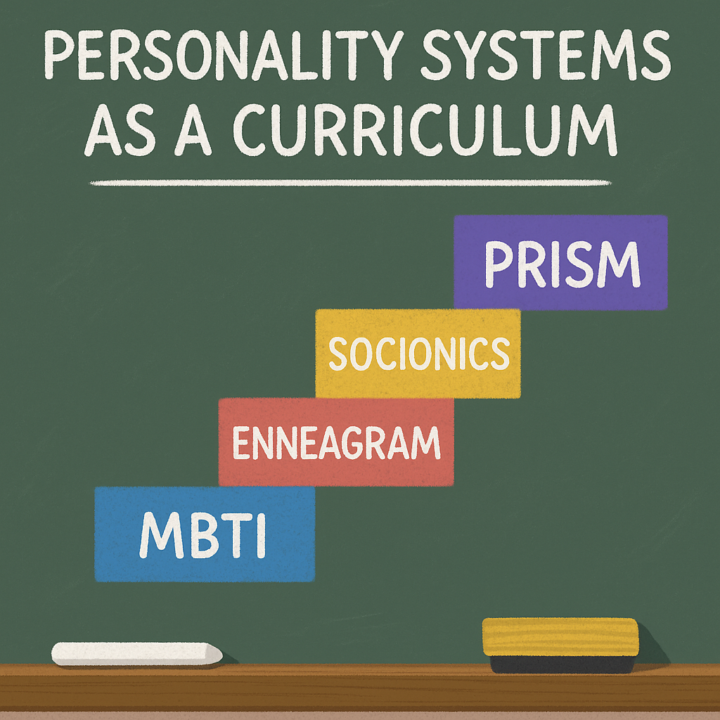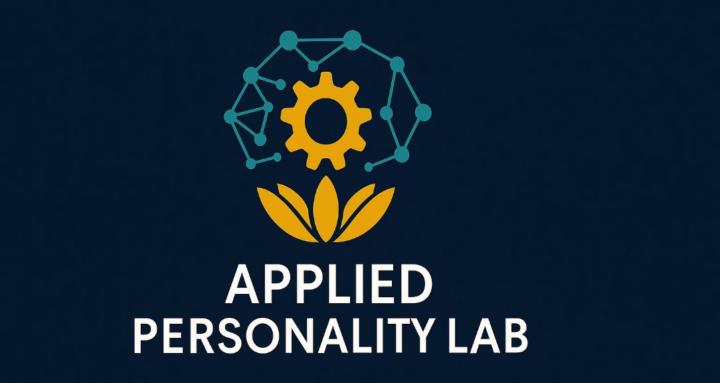
Write something
Live for the first time, native on Skool!
Come join! https://www.skool.com/live/B9TxdnSfpZ7
Good morning!!
Some fresh updates, added blocks on the calendar for different events scheduled weekly. Will be working on adding to the courses this week. Would love your feedback on them to make them better. Your feedback is critical, let me know here or in the direct for your observations. Otherwise have a great Monday!
2
0
The Personality Curriculum: From Basics to Mastery
If personality systems were a school curriculum, they wouldn’t all be on the same level. Just like math moves from arithmetic to calculus, personality theory also has a natural learning order—one that builds depth and accuracy as you go. Step 1 – MBTI (The Basics) MBTI is like algebra—a simple, accessible way to start thinking about preferences in how you take in information and make decisions. It gives you a framework, but it’s more about patterns than precision. Step 2 – Enneagram (The Human Layers) Enneagram is like psychology class—it goes deeper into motivation, fears, and coping styles. It’s less about “how you think” and more about “why you think that way.” Step 3 – Socionics (The Structure) Socionics is like engineering—it explains the underlying architecture of information processing, the “gears” behind behavior, and the interplay between functions. It’s more technical, but also more predictive in certain areas. Step 4 – PRISM (The Master’s Program) PRISM is the graduate degree—it brings in dynamic state tracking, function dimensionality, and real-world flexibility. It shows not just your default wiring, but how you actually shift under stress, in flow, and across contexts. It moves from static labels to a living map of your mind in action. Why Learn It in This Order? Because each step builds on the last. Jumping straight into PRISM without the foundational concepts is like trying to do quantum physics before learning algebra—it’s possible, but much harder. By moving step-by-step, you gain both the vocabulary and the insight to truly understand yourself and others on a deep, practical level. If you’ve started with MBTI and felt like something was missing, you’re not alone. That’s just the first rung of the ladder. The good stuff—the real “aha” moments—happen when you climb higher. Our community is diving into this journey right now. If you want to explore the full curriculum and see where you are on it, come join us.
0
0

Traits Are Averages — Functions Are Play-by-Play
Traits like ‘extrovert’ or ‘agreeable’ are snapshots of your average behavior. Functions are the mechanics behind the scenes — the gears that turn in your head depending on the moment. PRISM measures both the wiring and how it shifts in real time.
0
0
Your Personality Isn’t Always “On”
You’re not always your type. Neuroscience shows our mental processes switch on and off depending on the situation. The version of you in a calm meeting might not be the same version under deadline pressure — and that’s normal.
0
0
1-11 of 11

skool.com/your-personality-blueprint
Turn self-knowledge into clearer performance and conversations in 7 days or less.
Powered by



